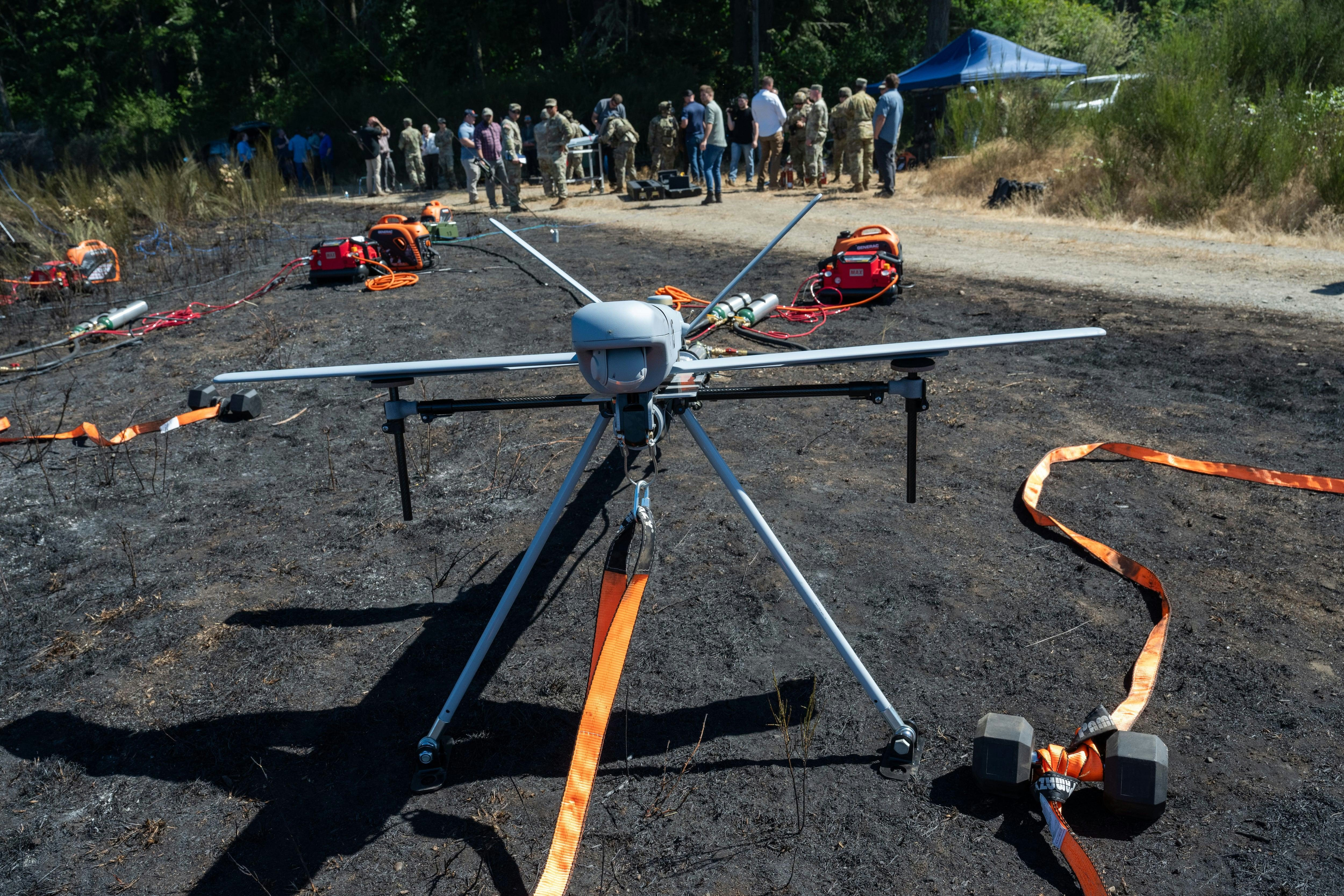
AeroGenie — Your Intelligent Copilot.
Trending
Categories
The Role of IoT in Aviation

The Role of IoT in Aviation
The Internet of Things (IoT) is increasingly reshaping the aviation industry, with the global market for IoT in aviation anticipated to expand significantly. Valued at approximately $4.12 billion in 2024, the sector is projected to reach $15.09 billion by 2033, reflecting a compound annual growth rate (CAGR) of 16.4% between 2026 and 2033. This rapid growth is propelled by the aviation sector’s pursuit of enhanced operational efficiency, improved passenger experiences, and optimized air traffic management.
Drivers of Growth in Aviation IoT
Airlines and aviation service providers are progressively integrating IoT technologies to streamline their operations. Connected devices facilitate real-time data collection and enable predictive maintenance, which helps reduce aircraft downtime and operational expenses. Passenger experience is another critical factor accelerating IoT adoption, as travelers increasingly expect personalized services and uninterrupted connectivity both onboard and within airport environments.
Regulatory frameworks and evolving safety standards also play a significant role in encouraging IoT integration. These technologies allow for more effective monitoring of aircraft systems, ensuring compliance with stringent industry requirements. Advances in sensor technology and the deployment of 5G networks have further enhanced the reliability of communication and data transfer, making IoT solutions more viable. Moreover, the global increase in air traffic intensifies the demand for efficient air traffic management and logistics, areas where IoT applications are proving indispensable.
Challenges and Considerations
Despite its transformative potential, the adoption of IoT in aviation is not without challenges. Cybersecurity remains a paramount concern, as protecting sensitive data and critical systems from cyber threats is essential for both airlines and regulators. The integration of IoT devices into existing aviation infrastructure is complex, often requiring substantial investment and specialized technical expertise. Additionally, regulatory compliance poses ongoing challenges, particularly as technological advancements outpace current frameworks.
Other factors influencing the pace of adoption include the availability of skilled personnel, the financial burden of implementation—especially for smaller operators—and the need to ensure interoperability between legacy systems and new IoT technologies. Data security and privacy concerns continue to affect adoption rates, even as innovations in artificial intelligence and machine learning enhance the analytical value of IoT-generated data.
Market Dynamics and Competitive Landscape
The IoT aviation market is characterized by a dynamic interplay between established multinational corporations and nimble local enterprises. Leading companies such as Microsoft, IBM, Wind River, Cisco, Amadeus IT Group, SAP SE, Honeywell, and Blip System are investing heavily in research and development, digital transformation initiatives, and strategic partnerships. These firms leverage advanced technologies, extensive distribution networks, and customer-focused business models to sustain their competitive advantage.
Market participants are responding to growing demand with increased investments in IoT solutions aimed at boosting operational efficiency and passenger satisfaction. Collaborations with technology providers and competitive pricing strategies are common tactics employed to attract and retain customers. The urgency of decarbonization efforts and the transformative potential of emerging technologies, highlighted at industry forums like the World Aviation Festival 2025, underscore the critical role IoT is expected to play in addressing both operational and environmental challenges within aviation.
Outlook
As the aviation industry continues to evolve, IoT is poised to become an integral component of its future landscape. While significant challenges remain, ongoing technological innovation, regulatory adaptation, and collaborative efforts across the sector are anticipated to drive broader adoption, solidifying IoT’s role in modernizing aviation operations and enhancing overall industry performance.

United Airlines Flight Returns to Dulles After Engine Failure on Takeoff

United Airlines flight makes emergency landing at Dulles after engine failure

The Impact of the New Air Force One’s Delayed 2028 Arrival on Aviation and Travel

United Airlines Restarts Controversial AI Scheduling for Flight Attendants
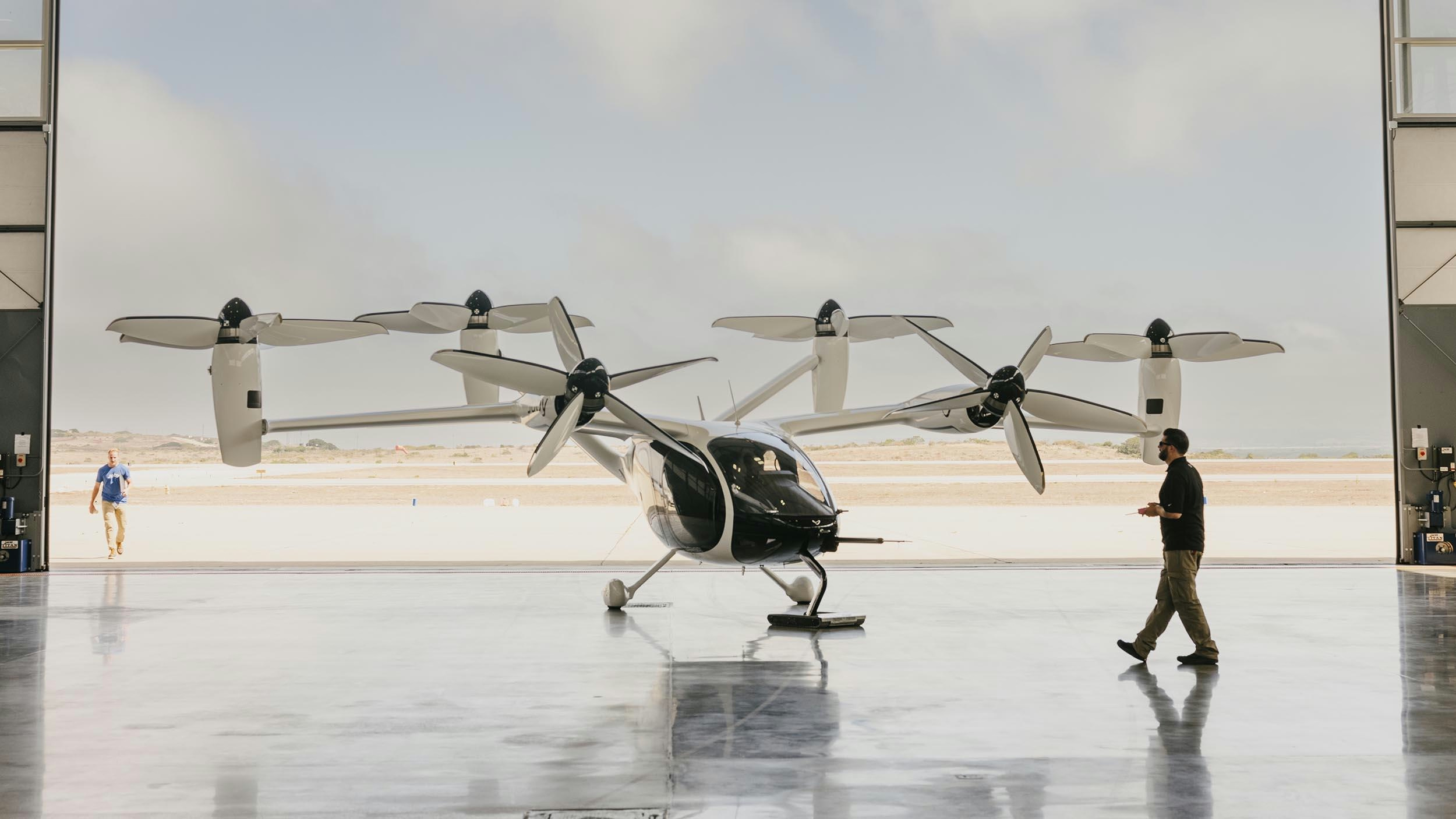
Joby Aviation’s Air Taxis Poised to Change Urban Travel and Tourism
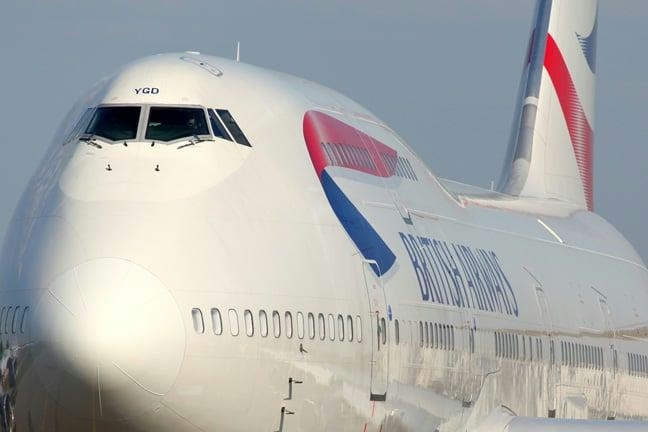
BA Chief Warns AI Agents May Diminish Brand Visibility
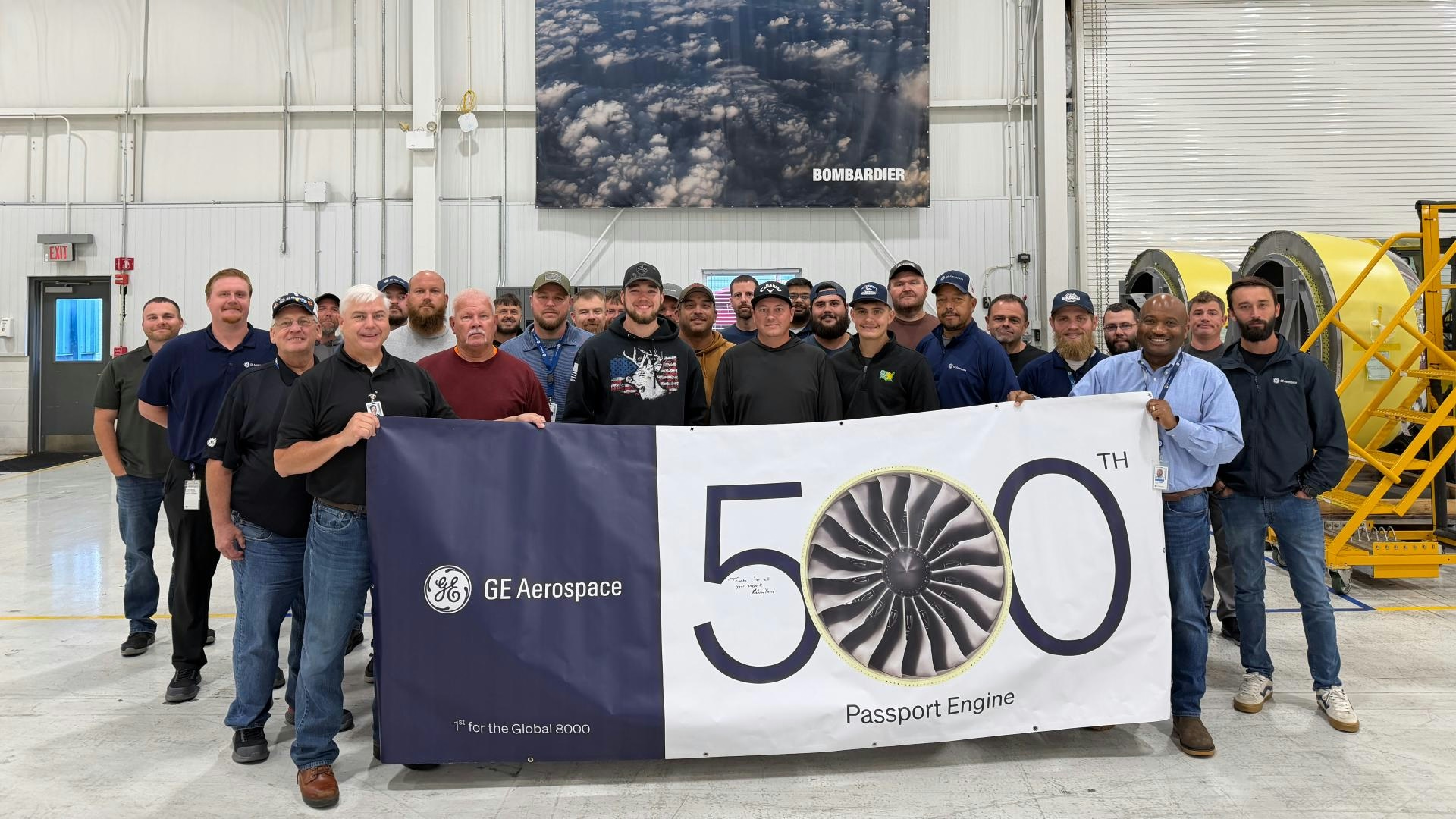
How GE Is Meeting Global Jet Engine Demand
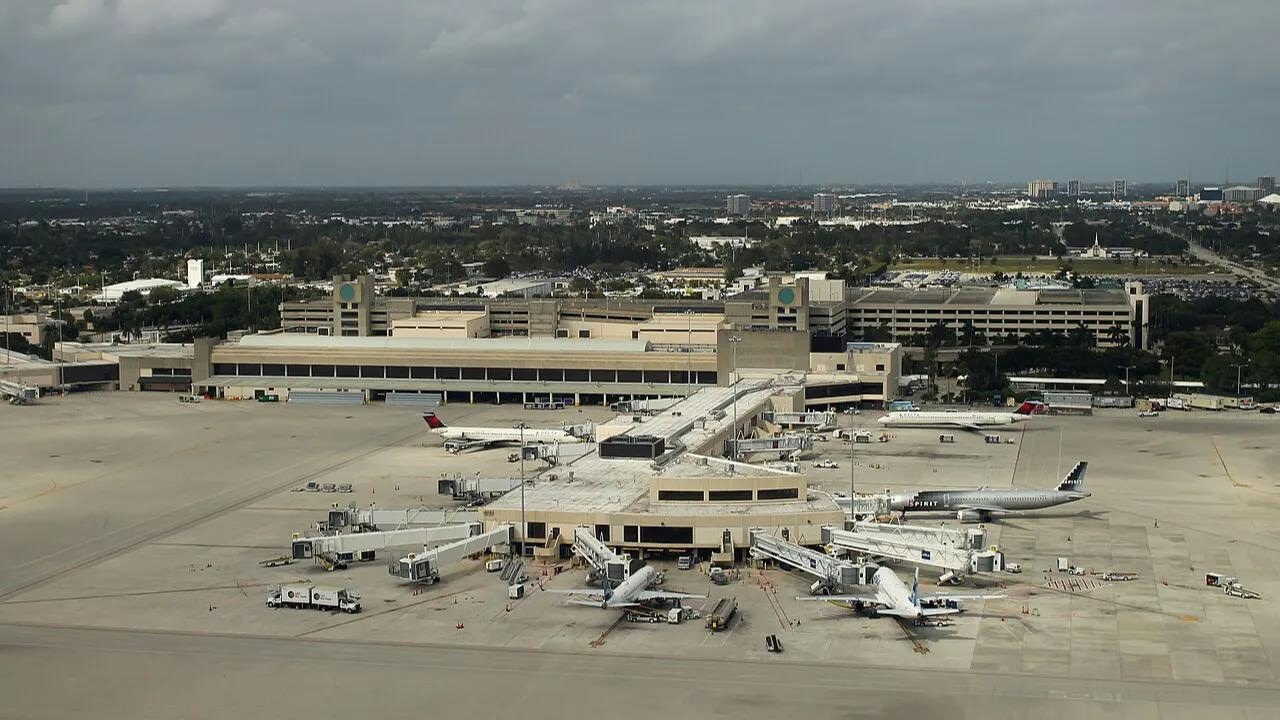
IATA Projects Airline Profits of $41 Billion in 2026
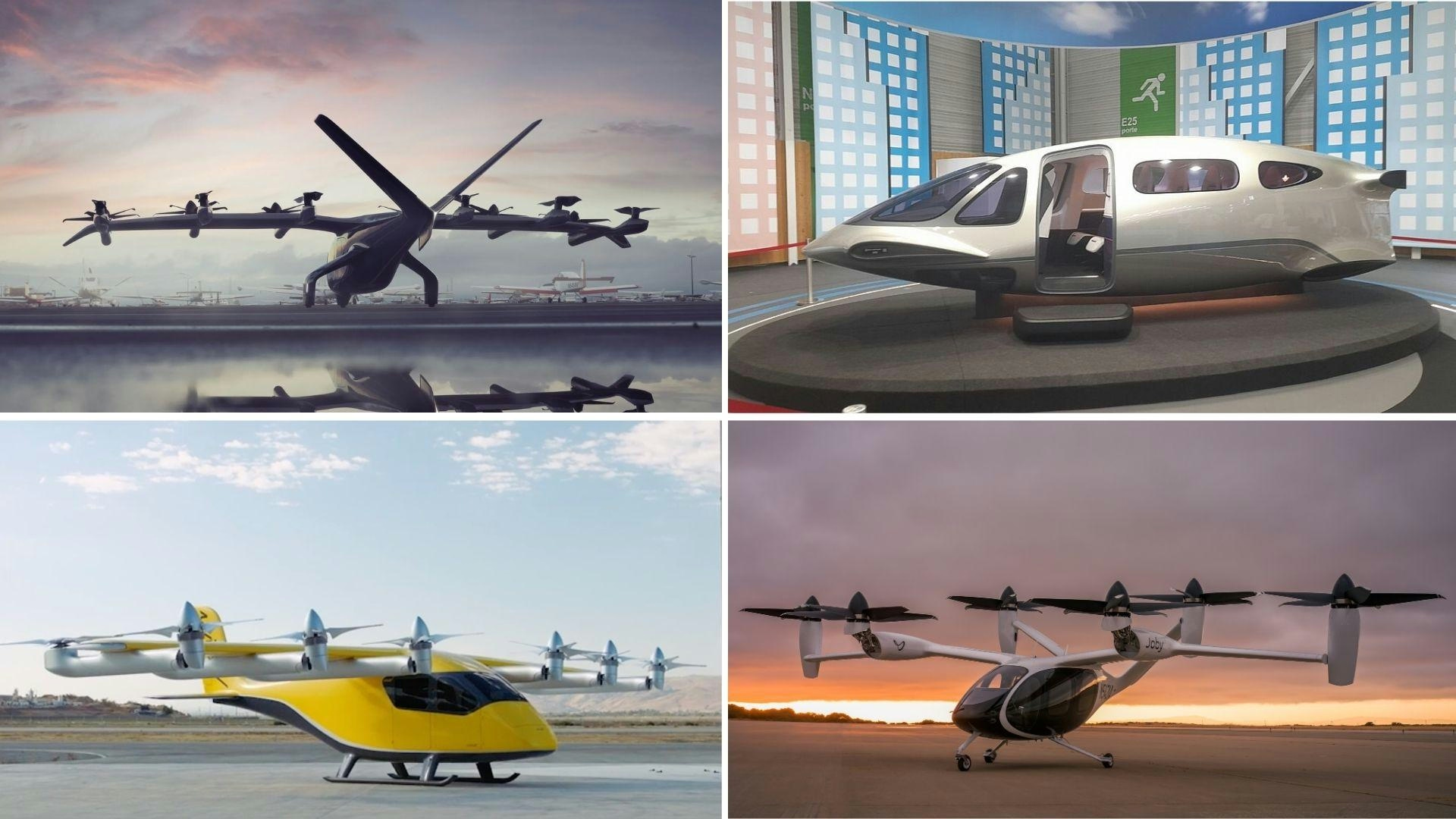
Five Air Taxis Poised to Shape Urban Mobility by 2026
